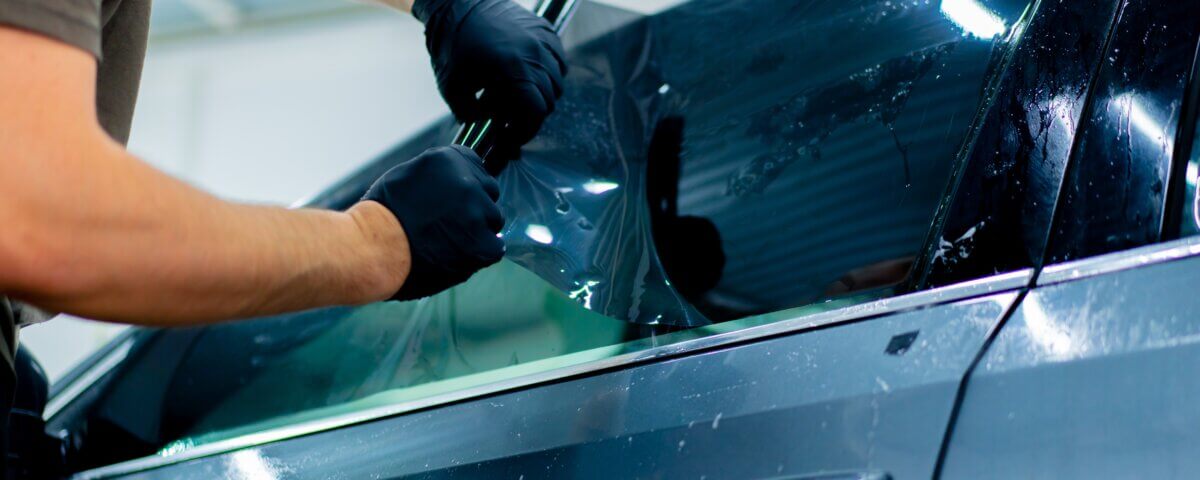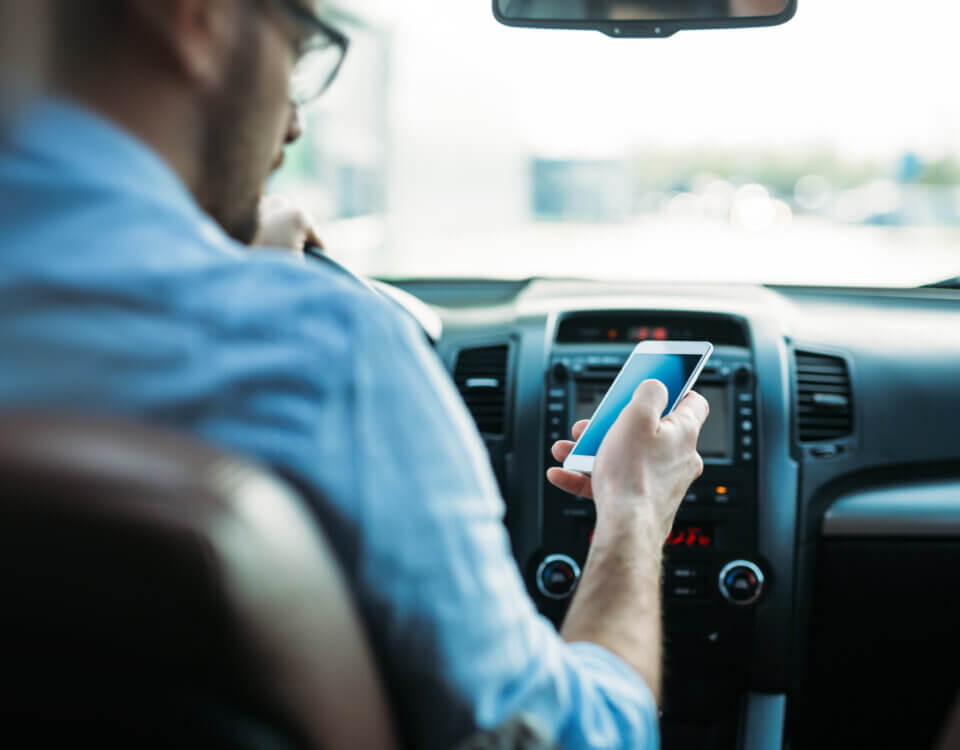Many drivers in Los Angeles and throughout California enjoy tinted windows for their style, for extra privacy, or to reduce heat and UV exposure inside their vehicles. While tinted windows offer benefits, they are subject to specific legal limits and safety standards.
What California Law Requires
Under California Vehicle Code 26708, any material applied to a vehicle’s windshield, side, or rear windows must be clear, colorless, and transparent unless it meets defined criteria. The glass or film must have a visible light transmittance of at least 88 percent.
Additionally, windows and any applied material need to comply with Federal Motor Vehicle Safety Standard 205, which mandates a minimum light transmittance of 70 percent and certain abrasion resistance for glass conforming to AS-14 glazing.
To be lawful, tinting material must be designed and manufactured primarily to block harmful ultraviolet A rays, not merely for aesthetics.
Safety Risks and Legal Consequences
If tinting exceeds legal limits, visibility may be significantly reduced. Poor visibility increases the likelihood of accidents. Having professionally installed, legally compliant tint is safer than using substandard film applied by someone without proper expertise.
In an accident, improperly tinted windows may be a factor. Because California follows pure comparative fault rules, a driver’s degree of liability may increase if their illegal or overly dark tint contributed to the crash.
What Happens If the Law Is Violated
Violating tinted window laws can result in fines and penalties. If a driver gets into a collision and the darkness of their window tint played a role, that driver may face greater responsibility for damages or injuries.
If you are injured in a crash where tinted windows were a factor, you may be entitled to compensation. Legal claims could include recovery for medical costs, lost wages, pain and suffering, or wrongful death depending on the severity of the injuries.
Note: These blog posts are created solely for the use of Hillstone Law. The information is gathered from internet research, publicly available sources, and artificial intelligence (AI) tools such as ChatGPT. While we aim to share helpful and educational content, Hillstone Law does not independently verify every detail. Some information may be incomplete, outdated, or subject to change without notice. If you believe any part of a post is inaccurate, misleading, or infringes upon copyright, please contact Hillstone Law immediately so we can review it and take appropriate action, including correction or removal.
Disclaimer: The material provided in these blogs is for general informational purposes only and should not be considered legal advice. Reading these posts does not create, and is not intended to create, an attorney-client relationship with Hillstone Law. Our intent is to share knowledge, raise awareness, and provide helpful resources to the public; however, Hillstone Law makes no warranties or guarantees about the accuracy, completeness, or reliability of the information provided, and expressly disclaims liability for any actions taken in reliance on it. The photos used in these posts are for illustrative purposes only and do not depict actual clients, individuals, or incidents unless expressly stated. If you or a loved one has been injured in an accident, please contact Hillstone Law at (855) 691-1691. Our attorneys are available to answer your legal questions and help you understand your rights.







